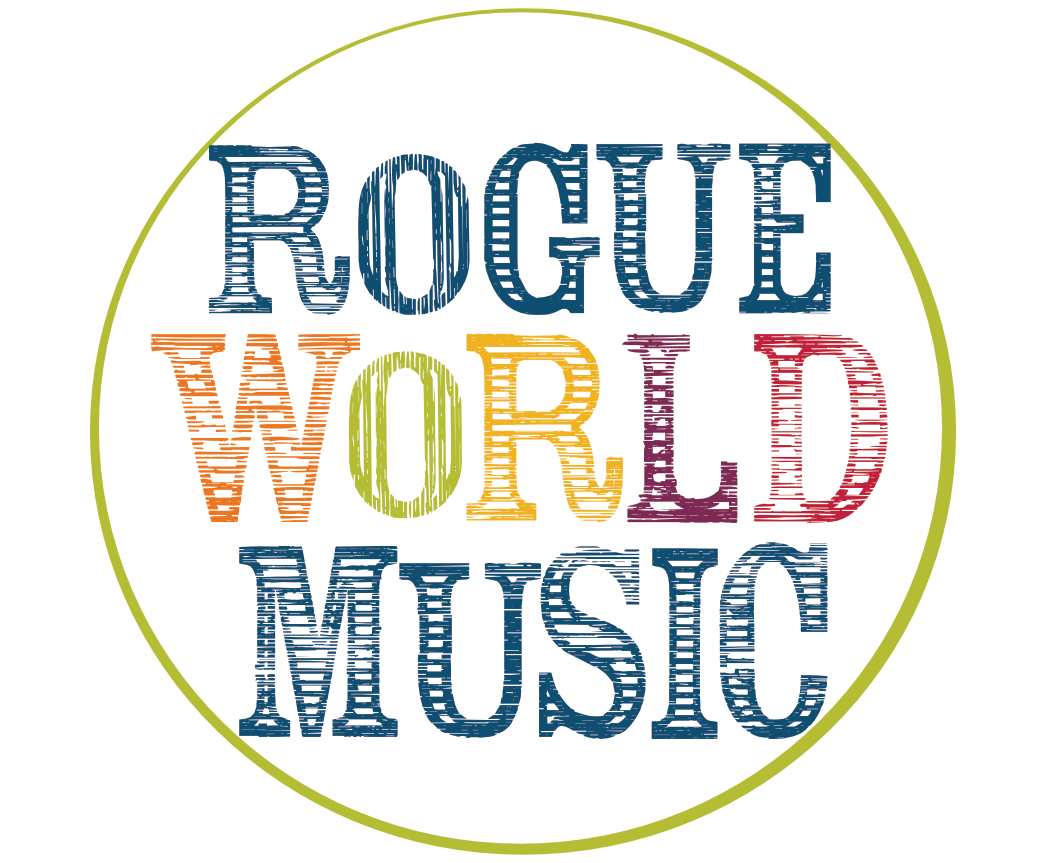Songbirds helps children develop their innate musicality as a life skill for play, connection, & learning.
Songbirds was originally named Choristers.
Songbird program basics…
Singing world music in a group is an engaging way for children to learn about cultural diversity, unfold their creative potential, and experience the magic of group collaboration. Our RWM instructors push into classrooms (grades 3-5), teaching both students AND the classroom teacher music from cultures around the globe. Our curriculum:
Helps children discover the joy of singing.
Encourages children to embrace their inner musicality.
Does not rely on learners having an instrument, being able to read music, or being able to read a specific language.
Demonstrates that ANYONE can make music with the instrument that we all have- our body.
Gives teachers the knowledge and tools to infuse the everyday classroom with music.
Is completely scalable! It does not matter if learners are skilled musicians, or have never hummed a note before. Our teaching pedagogy is able to work with a group of learners at different skill/comfort levels while not overwhelming or boring a single learner.
Has something for everyone to contribute to a group music experience. Maybe a learner is comfortable with only singing the chorus, or focusing on keeping the beat of the song with their hands. That is great! It is still a key contribution to the overall experience.
“We will be working on independent projects in class, and students will start singing together spontaneously! I even join in. It is a really lovely way for us all to be working together in the classroom.” ~ Ginger Akil, 4th grade teacher, Talent Elementary School. Talent, OR.
Songbird teaching process…
We teach by rote, using the same call-and-response process that cultures around the world have used for centuries when passing traditional folk music to new learners.
Layer 1: Rhythm
Getting the song’s rhythm in the body. A slow start is key, as learners count through the song’s rhythm, clap through it, and then stomp through it. Once everyone is feeling confident, we speed it up!
Layer 2: Lyrics
After all learners are comfortable with the song’s rhythm at speed, we add words. Many of the Songbird songs are in languages that our learners don’t speak, so we talk about what the lyrics are saying, practice pronouncing them, and get used to potential new sounds.
Then, we chant through the lyrics slowly, in rhythm. After everyone is feeling confident, we speed it up. (Starting to notice a pattern?)
Layer 3: Melody
Now that all our learners are up to speed (literally) on the song’s rhythm, how to pronounce everything, and chanting the lyrics in rhythm, we add the melody. Our instructor sings the melody one refrain at a time, leaving time for learners to echo it back in response.
Extras: Harmonies, Call & Response parts, etc.
For those learners who would like to take the song to the next level, all the songs we teach have an “extra,” whether it is a harmony, a call and response, a dance, or a percussion rhythm. We teach these parts the same way: slow at first, using mimicry as our teaching tool, then speeding things up.
Songbird Song Criteria
Folk songs are not just music. They are representative of cultures and traditions. Because of this, we strive to treat each Songbird song with respect. Knowing the context of each song is imperative for us AND for our Songbird song learners. As we seek out content to teach, this is the information we ask (and share) about each song:
What or who is the original source of the song?
What is the culture and/or where is the place of the song’s origin?
What was the purpose of the song with in the culture and communities that use it?
What are the original song lyrics, both in the original language and translation?
Have the lyrics been adapted?
If so, by whom and for what purpose?
Is the original song part of a sacred practice?
Is the original song about family-friendly content?



